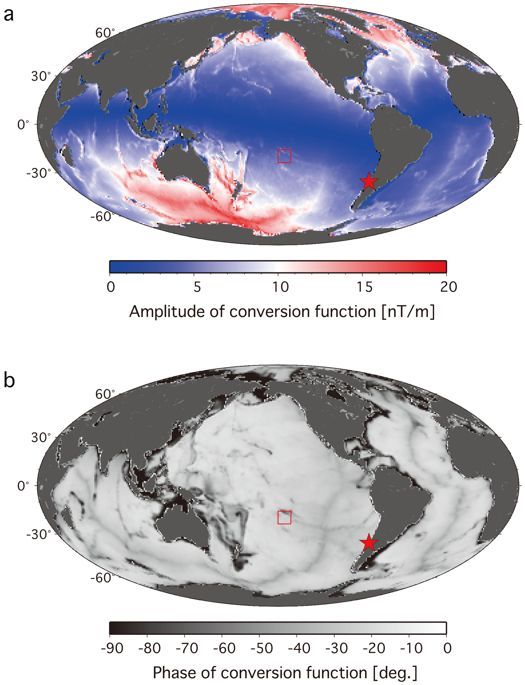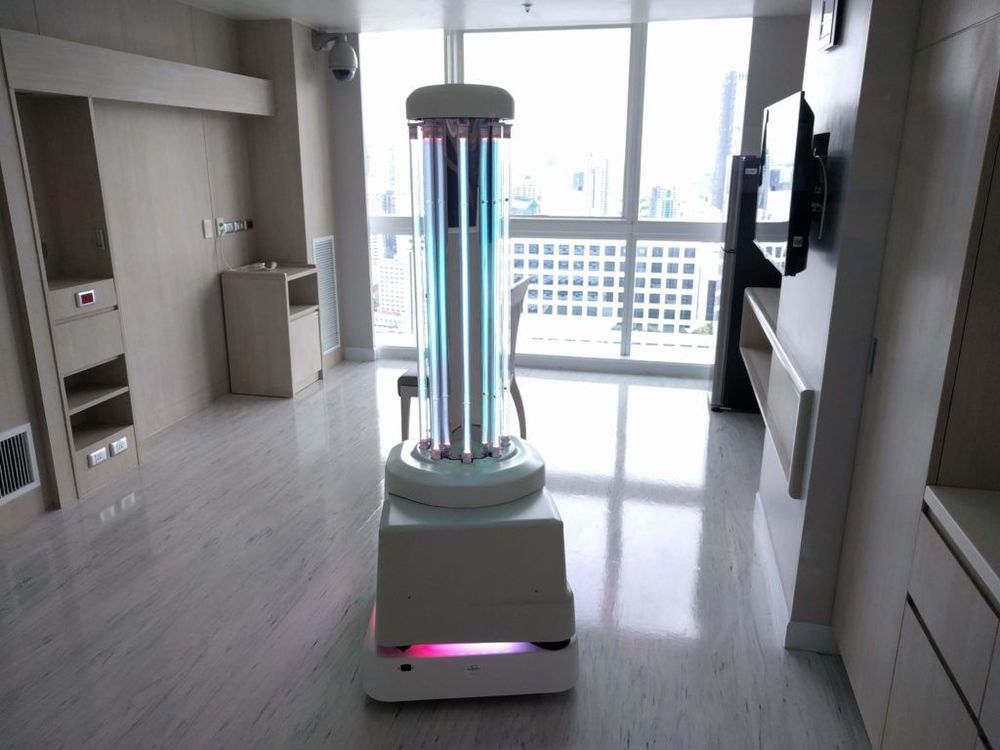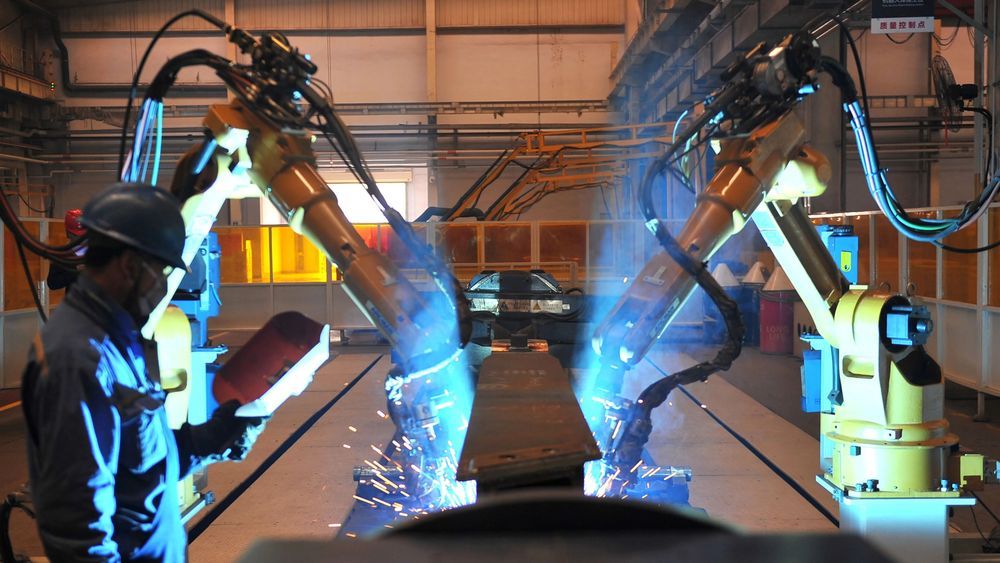Scientific Reports volume 4, Article number: 3596 ( 2015 ) Cite this article.


Scientific Reports volume 4, Article number: 3596 ( 2015 ) Cite this article.
Scientists at the U.S. Department of Energy’s Lawrence Berkeley National Laboratory (Berkeley Lab) have made a surprising discovery that could help explain our risk for developing chronic diseases or cancers as we get older, and how our food decomposes over time.
What’s more, their findings, which were reported recently in the Proceedings of the National Academy of Sciences (PNAS), point to an unexpected link between the ozone chemistry in our atmosphere and our cells’ hardwired ability to ward off disease.
“The beauty of nature is that it often decides to use similar chemistries throughout a system, but we never thought that we would find a common link between atmospheric chemistry, and the chemistry of our bodies and food,” said Kevin Wilson, the deputy director of Berkeley Lab’s Chemical Sciences Division who led the study. “Our study is the first to explore another chemical pathway that might affect how well the cells in our bodies — and even our food — can respond to oxidative stress, such as pollution, over time.”




The coronavirus outbreak is bringing attention to the fast-growing vaccine industry.
The vaccine market has grown sixfold over the past two decades, worth more than $35 billion today, according to AB Bernstein. The firm said the industry has consolidated to four big players that account for about 85% of the market — British drugmaker GlaxoSmithKline, French pharmaceutical company Sanofi, and U.S.-based Merck and Pfizer.
“For every dollar invested in vaccination in the world’s 94 lowest-income countries, the net return is $44. Hard to argue against,” Wimal Kapadia, Bernstein’s analyst, said in a note. “This oligopoly has been built through significant market consolidation driven primarily by the complexities of the manufacturing and supply chain.”


While robotics and automation create a plethora of opportunities for skilled labor, they substitute many jobs of unskilled labor. Philips’ automated shaver factory in the Netherlands employs one-tenth of the workforce of its factory in China that makes the same shavers. Such developments accentuate inequality and pose severe social pressure in developed countries, which would need to be addressed by government in the years to come.
Technology can complement humans but it can also eliminate their jobs.
Lilac Nachum


Wuhan Coronavirus Pandemic — USA
California has the first case that cannot be traced back to a traveler from an area with an outbreak.
“It’s significant because it means that it’s also possible the infection is spreading untraced throughout the local community.”
“U.S. health officials confirmed the first possible community transmission of the coronavirus in America, a troubling sign that the virus could be spreading in local cities and towns. The Centers for Disease Control and Prevention doesn’t know exactly how the California patient contracted the virus. The individual is a resident of Solano County and is receiving medical care in Sacramento County. The patient didn’t have a relevant travel history or exposure to another patient with the virus, the CDC said.”
The CDC doesn’t know exactly how the patient, a California resident, contracted the virus.